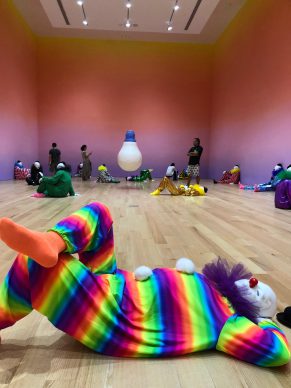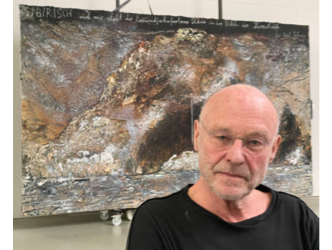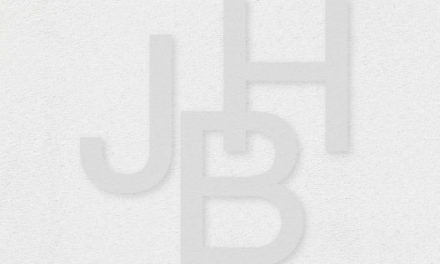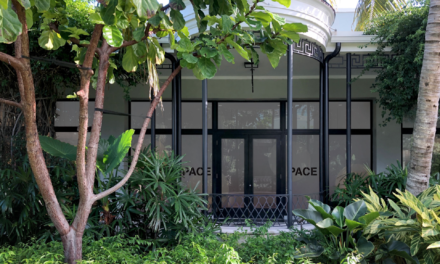Artificial intelligence
Through March 5, Christie’s is hosting an online-only sale that began on February 20, featuring 34 works of art produced exclusively using artificial intelligence. This unprecedented auction, titled “Augmented Intelligence,” showcases pieces carefully selected by Nicole Sales Giles, Christie’s New York Director of Digital Sales.
Refik Anadol
The super star of this world is Los Angeles-based Turkish artist Refik Anadol (born in 1985) (See here a 2022 report about Refik) . Anadol will be the subject of an exhibition at the Guggenheim Bilbao from March 7 to October 19, 2025. His work has previously been exhibited at the MoMA in New York and the Centre Pompidou-Metz, among other venues. He is the most institutionally recognized digital artist working today.
International Space Station
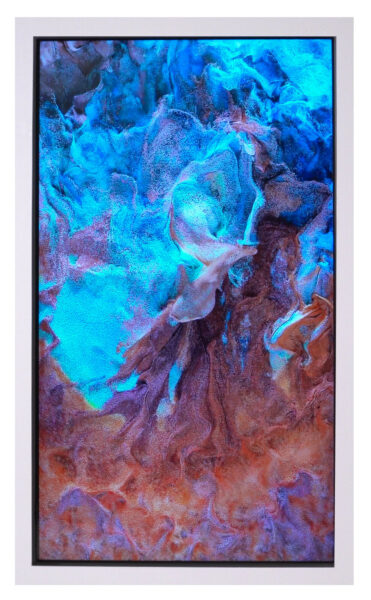
Refik Anadol
His piece on offer at the auction, from 2021, resembles abstract, colorful magma which, at 2.7-meter-tall, is in perpetual movement, giving it the illusion of depth. It’s for sale as both an NFT (a uniquely authenticated digital token on the blockchain) and a physical object. Estimated at $150,000, the piece is on a continuous 16-minute loop and exists in an edition of five. To create it, Anadol compiled 1.2 million images captured by the International Space Station and transformed them into a dynamic composition generated by AI.
Quoted in the auction catalog, he muses on the potential freedom of the machine: “If a machine can learn, can it also dream? Hallucinate?” His aesthetic is particularly pleasing, highly Instagrammable and relatively consistent from one piece to the next.
“Refik is known both in the digital art world and in the traditional art world,” explains the department head at Christie’s. “As a result, he attracts interest from a wide range of collectors.”
NFT Art
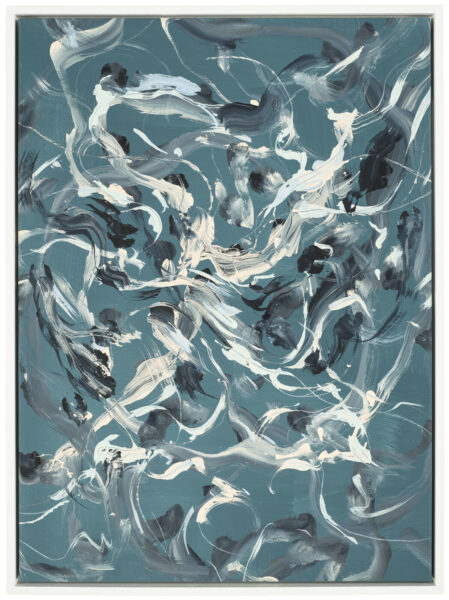
Sougwen Chung @Christie’s
According to the art database Artprice, Anadol’s auction record stands at €2 million, set in 2021, during the first big peak of excitement around NFT art (See here and here reports about NFT art). In the new and often confusing world of digital art, we must distinguish between works registered on the blockchain as NFTs—a non-duplicable record of authenticity—and artificial intelligence, a technique used to generate artworks. Not all digital artists combine both technologies, as Anadol does.
AI is infiltrating our lives
As Sales Giles underlines, “Our sale does not focus solely on NFT-based works—only about 25% of the artists use this format. AI is now infiltrating every aspect of our lives, and many contemporary artists use these technological tools to create works that are emblematic of our time. The pieces in this sale include photography, sculpture, tapestries, traditional acrylic and oil paintings, as well as monumental sculptures.”
Ronan Barrot and Robbie Barrat
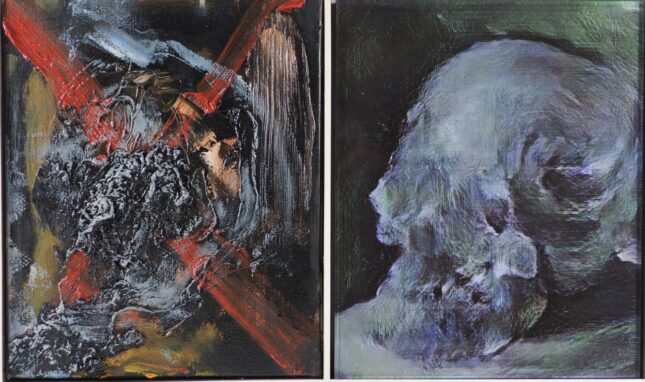
Rona Barrot and Ronnie Barrat
One of the sale’s surprises is “Infinite Skull” (2018), a plexiglass print derived from 450 skull paintings made by “traditional” French artist Ronan Barrot (born 1973), who is typically represented by Galerie Claude Bernard. Barrot collaborated on this project with the American artist and AI researcher Robbie Barrat (born 1999). Caroline Vossen, who founded Avant Galerie Vossen in Paris in 2019, encouraged the two artists to start working together in 2018.
Pioneer of new digital art
Barrot is an artist whose oeuvre features the representation of skulls. Barrat, meanwhile, is a noted pioneer of a new kind of digital art. Using AI, Barrat compiled 450 depictions of skulls, generating a series of 101 printed plexiglass editions. Christie’s is offering one of these prints at an estimate of $10,000. It was bought from the Parisian gallery for €2,000. According to Artprice, Barrat’s auction record stands at €758,000, achieved in 2022.
Petition
It must be said that “Augmented Intelligence” has met with a vocal response in the art community. A petition signed by 6,427 individuals on February 8, 2025 called for the auction’s cancellation, accusing it of “using copyrighted works without authorization.”
“This is an important and necessary debate,” responds Nicole Sales Giles. “The criticism extends beyond the realm of art—it reflects broader concerns about AI and the future of employment.”
Alexander Reben
One of the most intriguing pieces in the Christie’s sale is a radical conceptual work by artist and robotics specialist Alexander Reben (born in 1985). A highly publicized figure, Reben was the first artist-in-residence at OpenAI, the famous Californian AI company. His “Untitled Robot Painting” starts as an AI-generated image but will evolve based on the results of the auction itself—meaning that, for now, there is nothing yet to see. Such an approach is entirely unprecedented.
To appreciate is to support.
To support is to donate.
Support JB Reports by becoming a sustaining Patron with a recurring or a spontaneous donation.
Vera Molnar
This playful yet conceptual spirit also characterized the work of Vera Molnar (1924-2023). This French artist of Hungarian origin, a pioneer of generative art—art created using algorithmic processes—passed away at the age of 99, but in the days before her death, she created an NFT in collaboration with Parisian gallerist Bernard Chauveau. In 2024, it was sold for €7,426 at Sotheby’s.
Hôtel Drouot

Vera Molnar
On March 7, the Paris auction house Joron-Derem will offer 180 works by Molnar, retracing her extensive career, at the Hôtel Drouot. In the spring of 2024, she was the subject of a retrospective at the Centre Pompidou. The exhibition’s curator, Christian Briend, explains:
Centre Pompidou retrospective

Vera Molnar
“She truly secured her place in art history by playing with the idea of using computer programs to generate geometric forms. Even before computers existed, as early as 1959, she prophetically developed what she called an ‘imaginary machine.’ She then started using actual computers in 1969. She also delighted in introducing disorder into the machine’s output, making her a true conceptual artist.”
Following her death, one of her heirs put up 77 of her works for auction at the Hôtel Drouot in October 2024, where they fetched €505,000. This second auction, sourced from the same collection, is even more substantial but carries significantly lower estimates than those indicated by the market.
Generative Art

Vera Molnar
Molnar deliberately distanced herself from the art market for much of her career. Her current auction record, €130,000, was set in New York in 2022 in a sale dedicated entirely to generative art.
Mont Sainte-Victoire

Vera Molnar
The Drouot catalog includes a fascinating series of her works based on Mont Sainte-Victoire, the iconic mountain favored by Paul Cézanne. It was he who said, “One must treat nature with the square, the circle and the rectangle.” Molnar apparently took this statement literally.
“The first time she saw the mountain, she had just arrived from Hungary. Looking at its silhouette, she recognized a Gaussian curve—the bell-shaped curve used in statistics,” explains Bernard Chauveau. She often said, “I see Mont Sainte-Victoire everywhere.’”
Grandmother of Generative Art
The sale includes numerous variations of this motif, created over the years, such as a 2001 drawing (estimated at €500), a cut-paper work from the same year (€300), and a 2017 oil-on-canvas screen print (€2,000).
The grandmother of generative art is poised for a strong international legacy. This sale, with its remarkably low estimates, will represent a treasure trove for connoisseurs looking for a piece of history.
—
Auction Information
Christie’s Online Sale: “Augmented Intelligence,” open through March 5. View the catalog.
Drouot Auction (Joron-Derem): March 7. View the catalog
Support independent news on art.
Your contribution : Make a monthly commitment to support JB Reports or a one off contribution as and when you feel like it. Choose the option that suits you best.
Need to cancel a recurring donation? Please go here.
The donation is considered to be a subscription for a fee set by the donor and for a duration also set by the donor.


